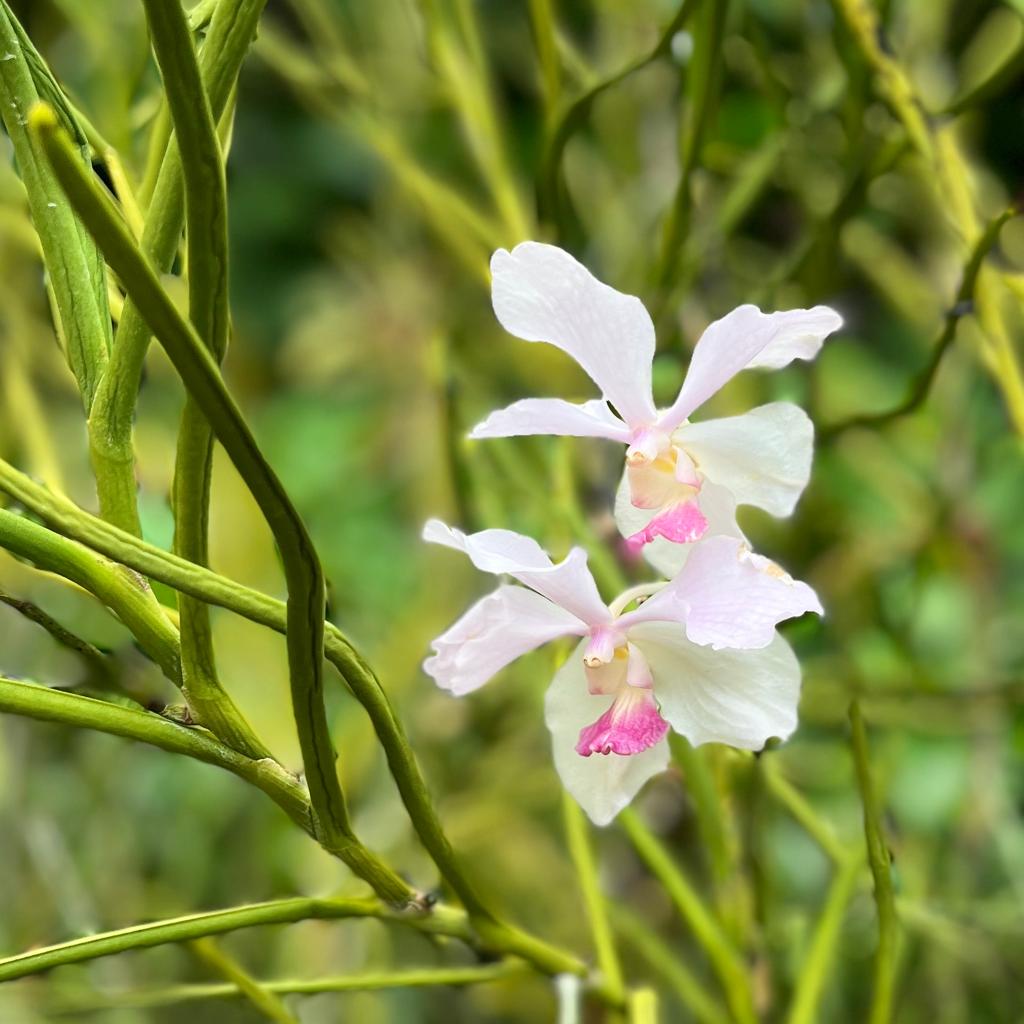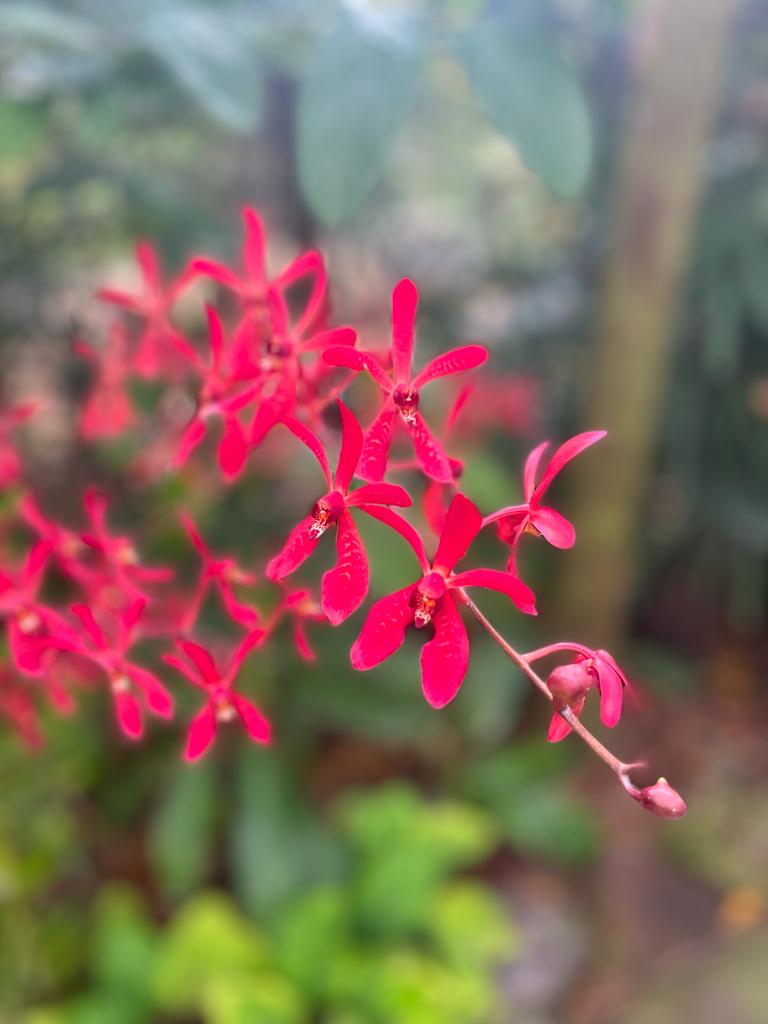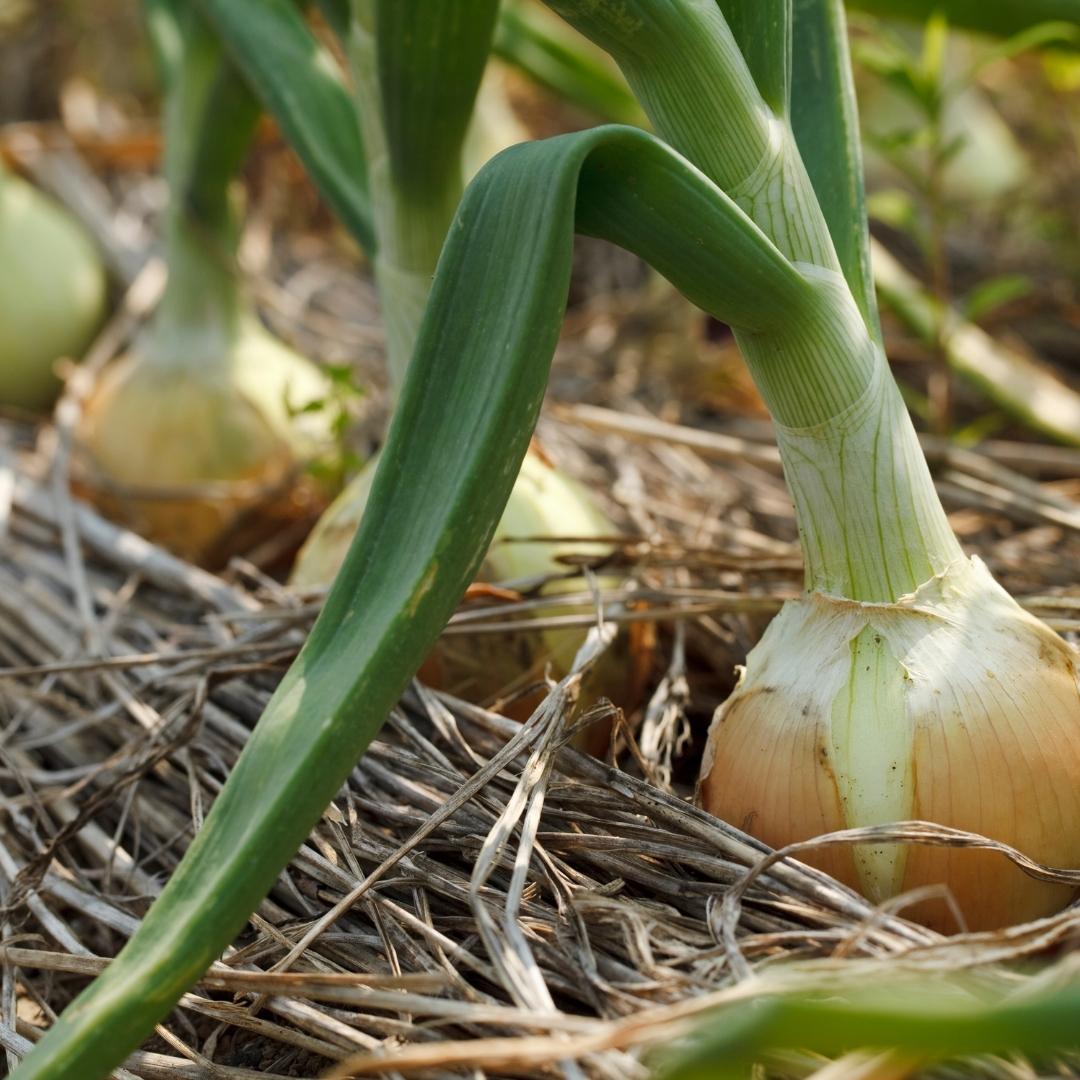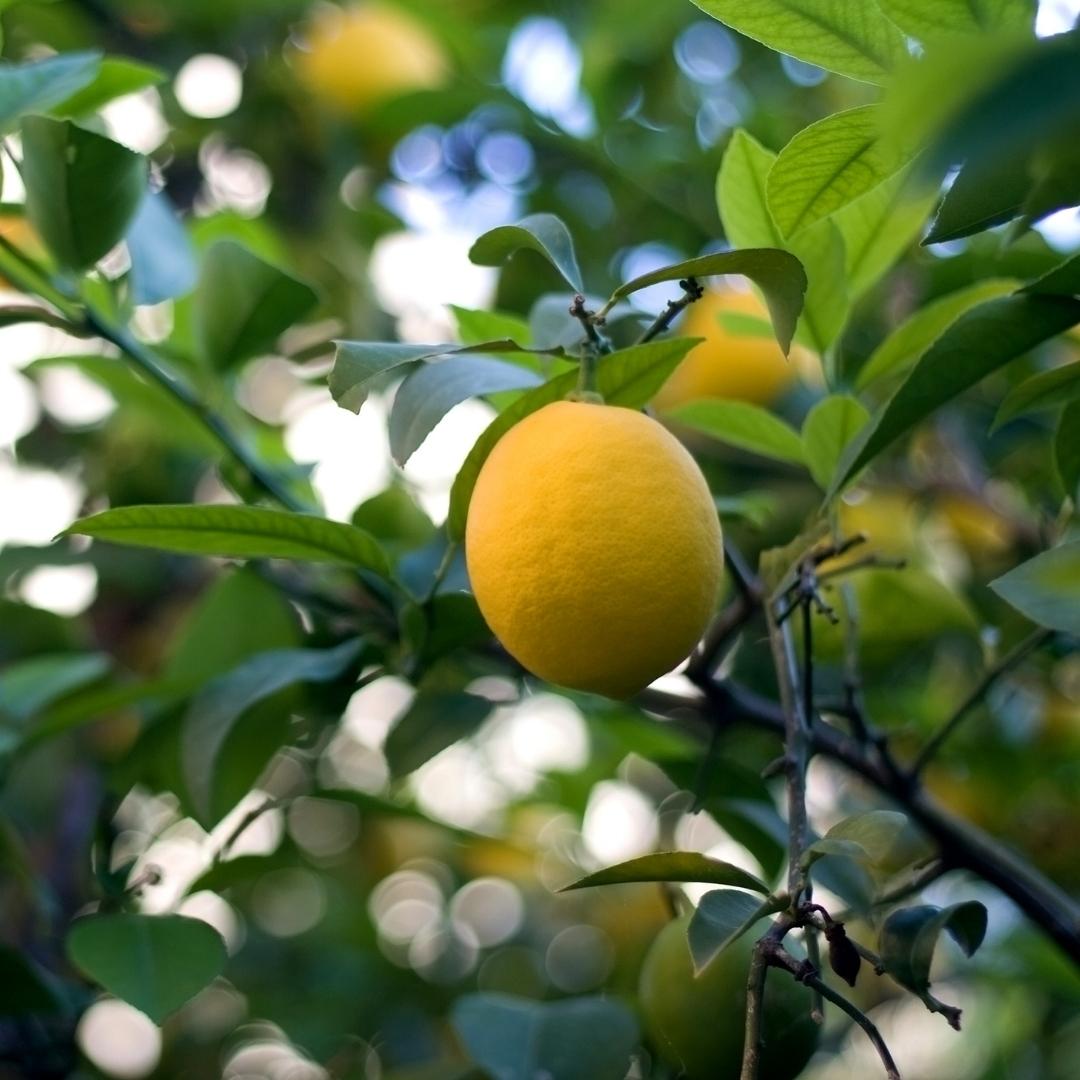Description
For every Orchid Mugs you buy, we will plant a mangrove tree. ShiokFarm is on a mission to reduce our CO2 emissions. We plan to be carbon neutral by 2025. To accelerate the speed at which we plant trees, we have created a series of mugs, including the Orchid Mugs. Two mugs have our favourite trees in Singapore and two have our favourite orchids in Singapore (the orchids we designed on our Orchid Mugs can all be found at the National Orchids Garden inside the Botanic Garden). Our mugs are Fine Bone China.
Why have we chosen to plant mangrove trees? Here is a quick explanation:
Mangroves are a unique type of tree that grow along coastal areas in tropical and subtropical regions. These trees have an incredible ability to absorb carbon dioxide (CO2) from the atmosphere, making them an important tool in mitigating the effects of climate change. In this article, we’ll explore the role of mangroves in carbon sequestration and examine the many benefits they provide beyond just reducing greenhouse gas emissions.
The role of mangroves in carbon sequestration
Carbon sequestration is the process by which carbon is removed from the atmosphere and stored in natural ecosystems such as forests, grasslands, and wetlands. Mangroves are particularly effective at sequestering carbon due to their unique root system. Unlike other trees, mangroves have roots that grow upwards, allowing them to trap sediment and organic matter. This creates a carbon-rich environment that is ideal for storing carbon.
Recent studies have shown that mangroves have the ability to absorb up to five times more CO2 than other types of trees. They do this by taking in CO2 through their leaves and storing it in their biomass and soil. Mangroves are also able to continue sequestering carbon even as they age, meaning that they can store carbon for hundreds of years.
How mangroves absorb CO2
Mangroves absorb CO2 through a process known as photosynthesis. During photosynthesis, plants take in CO2 from the atmosphere and use it to produce energy. This energy is then stored in the form of sugars, which the plant uses for growth and maintenance.
Mangroves have adapted to living in a saline environment by developing specialized mechanisms to take in CO2. They have small stomata on their leaves that help to reduce water loss and minimize salt uptake. This allows them to take in CO2 more efficiently than other types of trees.
The benefits of mangroves in mitigating climate change
The benefits of mangroves in mitigating climate change go beyond just carbon sequestration. Mangroves also provide important ecosystem services such as coastal protection, habitat for marine life, and sustainable livelihoods for local communities.
Coastal protection is one of the most important services provided by mangroves. They act as a buffer against storm surges and sea level rise, helping to reduce the impact of coastal erosion and flooding. Mangroves also provide important habitat for a variety of marine species, including fish, crabs, and shrimp. This makes them an important source of food and income for many coastal communities.
In addition to these benefits, mangroves also play an important role in maintaining water quality. They filter pollutants and excess nutrients from the water, helping to prevent algal blooms and other harmful effects of pollution.
The economic and social impacts of mangroves
The economic and social impacts of mangroves are significant. In many coastal communities, mangroves provide a source of income through fishing, aquaculture, and ecotourism. They also provide important resources such as firewood, timber, and medicinal plants.
Mangroves are also important for maintaining the cultural heritage of many coastal communities. They are often considered sacred or important cultural sites, and are used in traditional medicine and ceremonies.
However, the economic benefits of mangroves are often overlooked in favor of other land uses such as agriculture or development. This has led to widespread destruction of mangrove forests in many parts of the world.
Factors threatening the survival of mangroves
There are several factors that threaten the survival of mangroves. One of the biggest threats is conversion of mangrove forests to other land uses such as agriculture, aquaculture, or development. This has led to widespread deforestation of mangrove forests, particularly in Southeast Asia and the Americas.
Climate change is also a major threat to the survival of mangroves. Rising temperatures and sea levels can cause mangroves to die off or become more vulnerable to storm damage. This can have cascading effects on the ecosystem services provided by mangroves, including coastal protection and habitat for marine life.
Finally, pollution and overfishing can also have negative impacts on mangrove ecosystems. Pollution can harm the trees and reduce their ability to absorb carbon, while overfishing can deplete important marine species that rely on mangrove habitats.
Conservation efforts to protect mangroves
Conservation efforts to protect mangroves have become increasingly important in recent years. Many organizations and governments are working to restore degraded mangrove forests and protect intact forests from further destruction.
One of the most effective ways to protect mangroves is through community-based conservation programs. These programs empower local communities to take an active role in protecting and restoring mangrove forests, while also providing economic opportunities through sustainable resource use.
In addition to community-based conservation, there are also a number of policy tools that can be used to protect mangroves. These include regulations on land use, zoning laws, and incentives for sustainable resource use.
Examples of successful mangrove restoration projects
There are many examples of successful mangrove restoration projects around the world. One of the most successful is the Ecological Mangrove Restoration (EMR) method, which was developed in Indonesia. This method involves using bamboo poles to create a framework for mangrove seedlings to grow on. Over time, the seedlings grow into mature mangroves, creating a self-sustaining forest.
Another successful restoration project is the Mangrove Action Project in Thailand. This project works with local communities to restore degraded mangrove forests and provide alternative livelihoods such as ecotourism and sustainable aquaculture.
The future of mangroves in carbon sequestration
The future of mangroves in carbon sequestration is uncertain. While they have the potential to sequester significant amounts of carbon, their survival is threatened by a variety of factors including deforestation, climate change, and pollution.
To ensure the future of mangroves in carbon sequestration, it’s crucial that we take action to protect and restore these important ecosystems. This includes supporting community-based conservation programs, implementing policies to protect mangrove forests, and investing in research to better understand the role of mangroves in carbon sequestration.
Conclusion and call to action for mangrove conservation
Mangroves are an incredible tool in mitigating the effects of climate change, but their benefits go beyond just carbon sequestration. They provide important ecosystem services such as coastal protection, habitat for marine life, and sustainable livelihoods for local communities.
To ensure the survival of mangroves, it’s crucial that we take action to protect and restore these important ecosystems. This includes supporting community-based conservation programs, implementing policies to protect mangrove forests, and investing in research to better understand the role of mangroves in carbon sequestration. You can now join the effort when buying our fine bone China Orchid Mugs. They make a great souvenir of Singapore, but our Orchid Mugs make also a great gift for a friend or a corporate gift.
By working together to protect and restore mangroves, we can ensure a healthy future for our planet and the many communities that rely on these unique trees.



















Sofia –
My new favourite gift for my friends 🙂
Loan –
I have been growing orchids for the past 40 years and these mugs make me so happy! I love the illustrations, they look so real.
Sharon –
I am visiting Kew Gardens in London and have bought those mugs to gift them to their Director of Gardens. I hope he will like them.
Rachel –
This is my favourite gift to offer when I am invited somewhere. And cherry on the cake: ShiokFarm plants a tree every time.